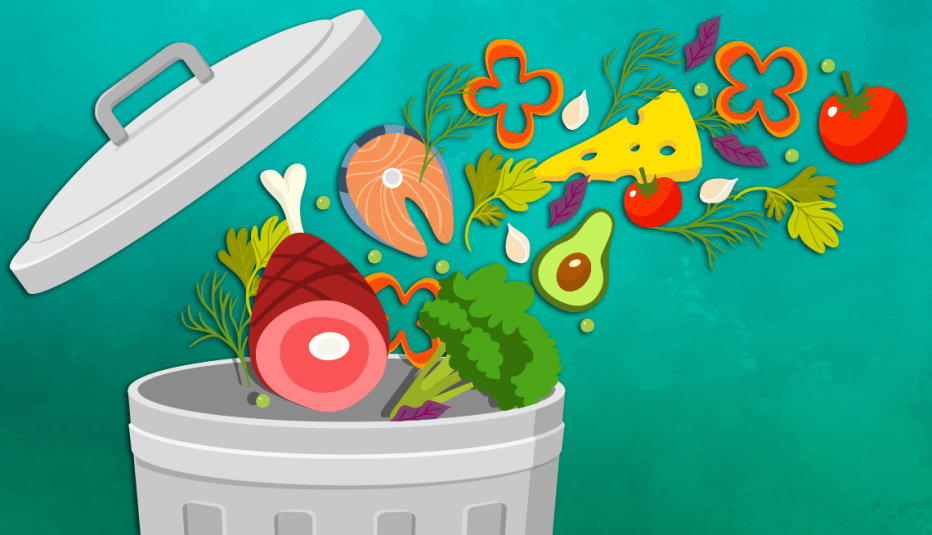AARP Hearing Center


Lillie Carlson often slices and dices food starting to turn for smoothies or soups, and she recently used leftover greens from creamed spinach to make a frittata. She also grows some of her own food and feeds scraps to animals on her property or composts.
“I don’t waste anything,” says the 50-year-old schoolteacher in Hollywood, Florida. “Food is so expensive. Since COVID, our grocery bill for a family of six has tripled.”
Whether you’re interested in saving money, living a more sustainable lifestyle or helping the environment, preventing food waste — even in small ways — can have a big impact.
Americans generate more than 66 million tons of food waste a year — 40 percent of that takes place at home, according to the U.S. Environmental Protection Agency. Up to 40 percent of all food produced for human consumption in the United States is wasted, the agency notes.
“We all love food,” says Elaine Fiore in Fort Lauderdale, Florida, founder of the Food Conservation Alliance, who also spearheads the Food Waste Prevention Week national campaign. “No one sets out to waste food. Most people feel bad when food is wasted. It’s about shifting the narrative to looking at food as a valuable resource.”
Food waste can happen in a variety of ways — spoilage, overbuying and improperly storing food among them. Food is the number one material placed in landfills, according to the U.S. Environmental Protection Agency. Reducing the amount of food that ends up in landfills can help lower greenhouse gas emissions since food is a major contributor to methane generated and released by landfills, the EPA says. It can also save you a lot of money.
To change your habits, experts advise starting with small steps.
First, “do a food waste audit — look critically at food getting tossed in your home, why and if it could have been eaten,” says Nina Sevilla, a sustainable food systems advocate at the Natural Resources Defense Council (NRDC). “Some people keep a journal for a week. Then identify what intervention could be best for your situation.”



































































More From AARP
7 Ways to Get Closer to a Zero-Waste Lifestyle
Small changes can help to shrink your carbon footprint
5 New Sustainable Properties That Protect the Planet
Check out the latest hotels and resorts embracing eco-friendly practices across the U.S.The Best Ways to Recycle Your Old Electronic Devices
Phones, laptops, TVs never should be put in the trash